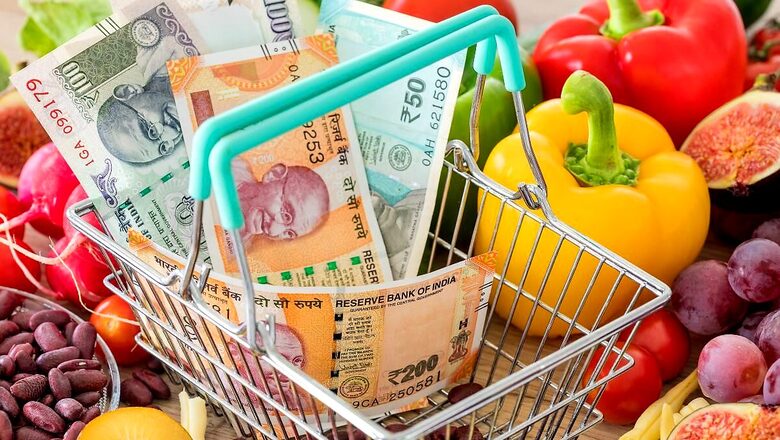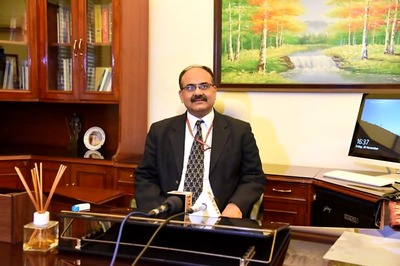
views
In November, onions made consumers cry as retail prices hit Rs 100 for a kilo in many markets. This month, it is the turn of garlic, which is retailing at anywhere between Rs 300-400 a kg. Tuar (or arhar) daal, a staple in many states across the country, has become dearer month on month, with prices up by about Rs 40 per kg in the last one year. Chana (gram) daal is also on fire, with prices higher by at least Rs 10 per kg in the same period, as per data from the department of consumer affairs.
The prices of vegetables and cereals have been rising despite several supply side control measures like the ban on onion exports by the government. And food inflation continues to cause concern.
The latest data shows that in November, consumer prices rose 5.55 per cent (CPI inflation was 4.87 per cent in October), driven by a surge in vegetables, fruits, pulses and sugar prices. CPI inflation was thus at a three-month high in November, reversing the downtrend seen during the previous three months, even as deflation in fuel etc helped. In November, consumer food price inflation was at 8.7 per cent (6.61 per cent in October).
Data from the Ministry of Statistics & Programme Implementation (MoSPI) shows that factory activity picked up in November but since inflation continues unabated, the benefits of an expanding GDP do not reach everyone as purchasing power is getting eroded. Not only was the CPI inflation print at a worrying point in November, rural markets continued to report higher inflation than their urban counterparts.
Rating agency CARE Ratings has warned that persistently elevated inflation in certain food categories such as cereals and pulses poses a risk of potential generalisation of price pressures. Of course, this also means any cut in lending rates by the Reserve Bank of India (RBI) is nowhere on the horizon yet.
The central bank has already said that bringing down inflation is its priority and to that end, any reduction in EMIs on home loans, car loans and those for education appears to be a distant dream as of now. CARE Ratings has also said that “an unfavourable base is further expected to push CPI inflation higher around 5.8-6 per cent in December”. Any relief is expected only in the New Year, with headline inflation expected to fall to 5.1 per cent only in the March quarter of 2024.
The MoSPI data also showed that there is no uniformity in inflation rates across the country, with Delhi recording the lowest number at just 3.1 per cent while Odisha was more than double at 7.65 per cent. Chhattisgarh was also on the lower margin with 3.56 per cent whereas Rajasthan was at 7 per cent and Haryana at 6.8 per cent. Among 22 major states for which data was made available, inflation remained over the RBI’s tolerance band of 6 per cent in Gujarat, Bihar, Karnataka, Telangana, Haryana, Rajasthan and Punjab.
It is worth noting that inflation in cereals has remained in double-digits for over a year now despite government’s efforts to rein in prices of wheat and rice through Open Market Sale Scheme. Also, lower kharif output will continue to put pressure on rice while lower sowing during rabi season will continue to keep wheat prices on boil. All in all, the inflation headache may be around for some more months.



















Comments
0 comment